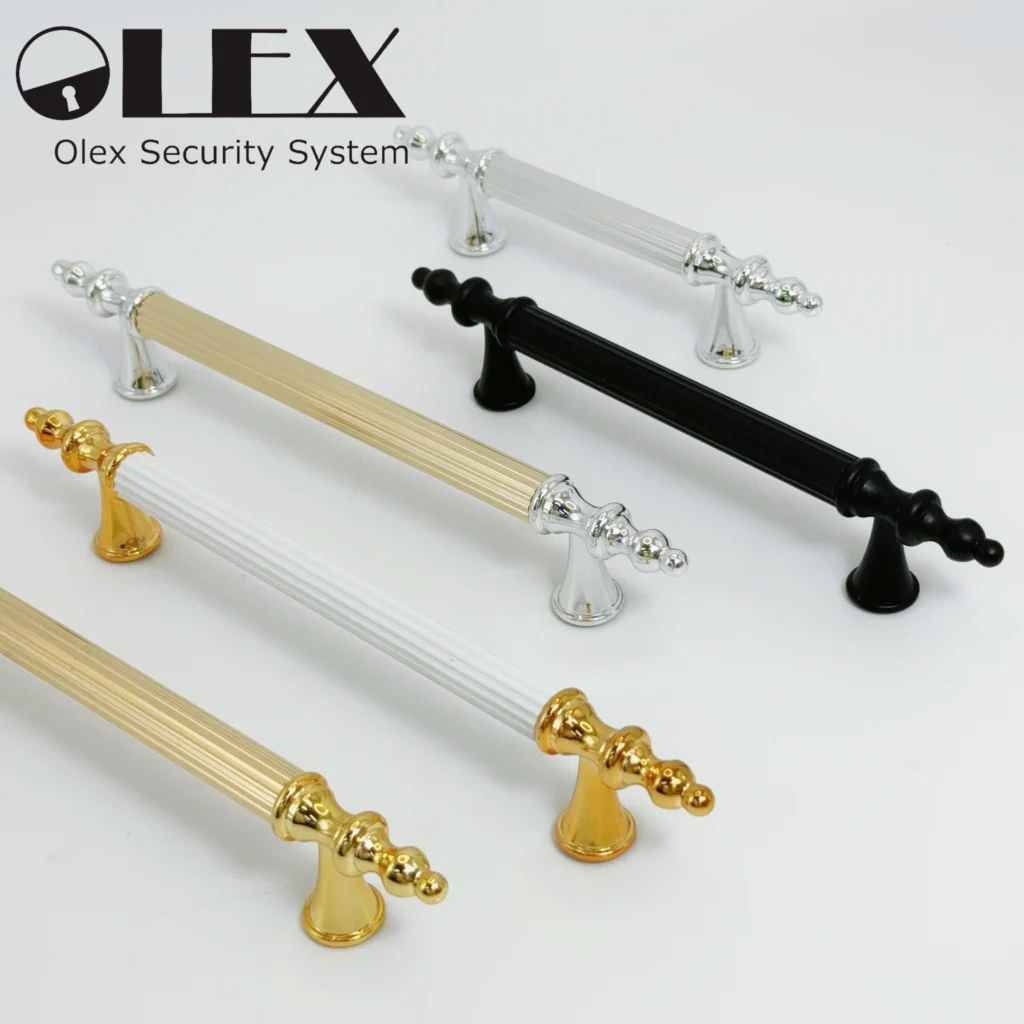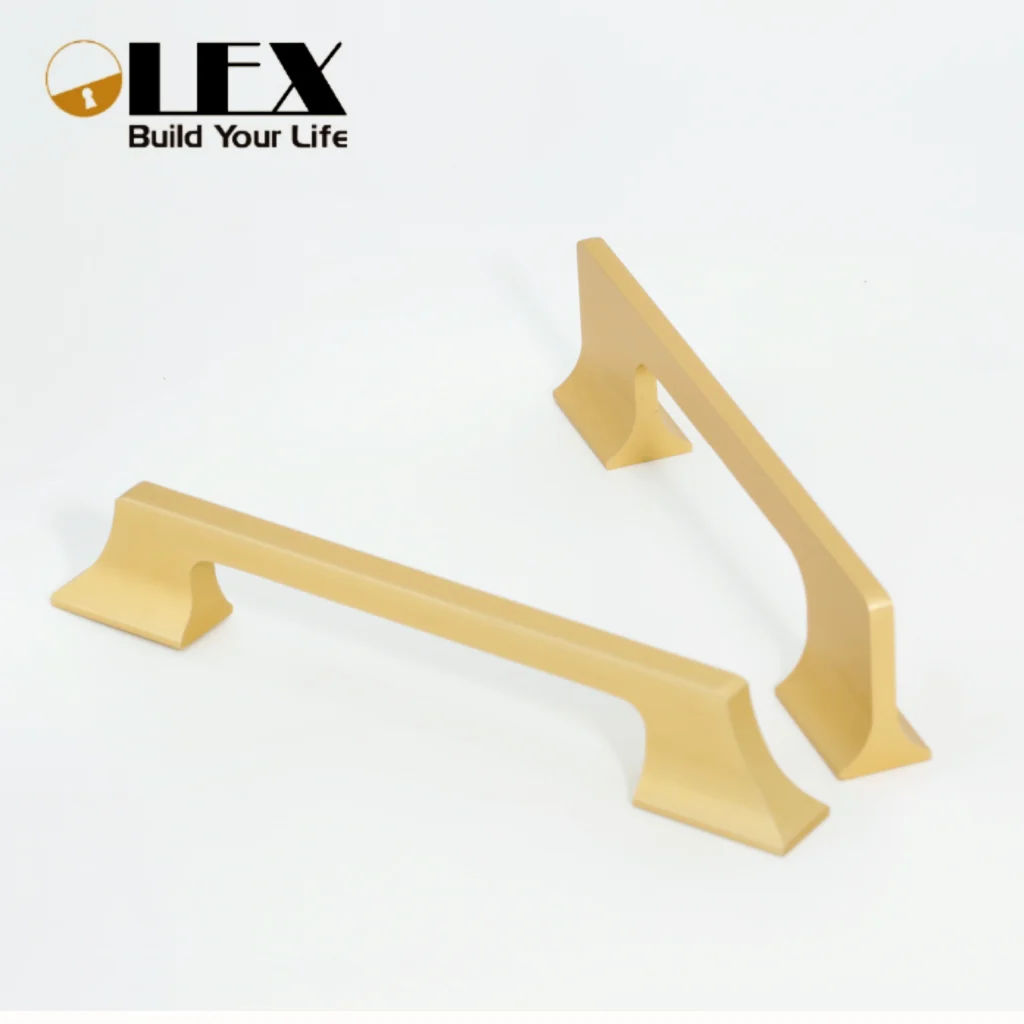How to Fix a Squeaky Door
Do your door’s noisy hinges announce every coming and going? Here’s what to do to silence the squeaks.
Few things can grate on the nerves like a door that squeaks every time you open or close it. It’s an even bigger problem if the offending door leads to a bedroom or, even worse, a nursery. Luckily, repairing a squeaky door usually isn’t a difficult task and doesn’t require special tools or skills. The high-pitched noise is often an indication that the hinge is dirty or lacking sufficient lubricant. All it usually takes to quiet down a creaky door are a few squirts of lubricant. Here’s how you can fix a squeaky door.
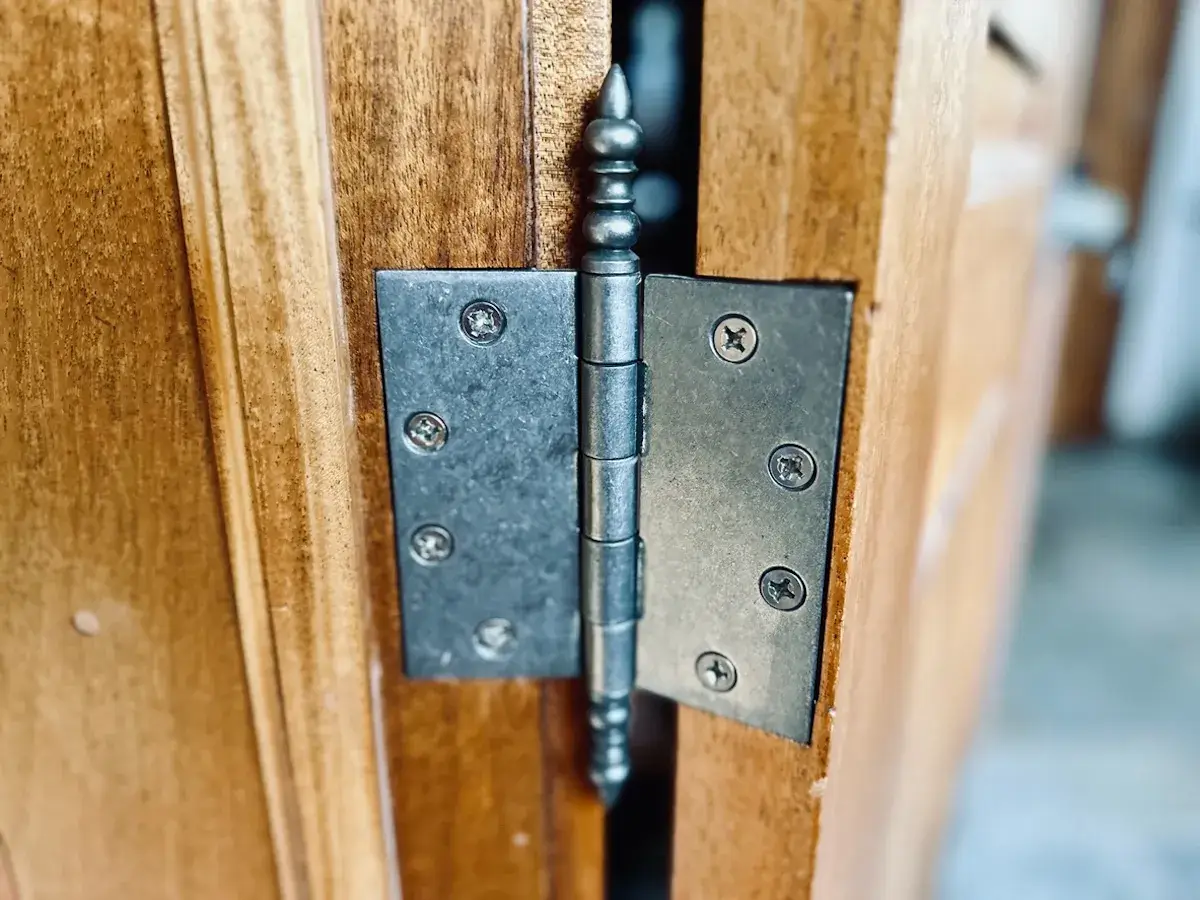
What Causes a Squeaky Door?
There are a variety of problems that could be causing your door to emit a shrill noise:
- Dirt: Debris that has built up inside the knuckle of the hinge may be causing friction that’s leading to the noise.
- No Lubrication: Door connections need a little lubrication to prevent the metal from causing noise when various parts rub against each other. If there’s no lubricant, they can begin to squeak. (If you don’t have any lubricant on hand, consult our guide to the best lubricants for door hinges.)
- Bent Hinges: They are made of soft metal, so it isn’t difficult for the their knuckles to become misaligned. When this happens, the metal pieces rub against each other, creating that irritating squeak.
- Loose Screws: A loose screw can cause uneven pressure to be placed on the their knuckles, causing them to rub together and create the squeaking noise.
- Door Misalignment: A door that isn’t aligned properly can cause the weight of the door to be distributed unevenly on the hinges, creating stress on one part that causes the squeak.
Tools & Materials
- Hammer
- Multi-purpose oil lubricant or silicone spray
- Grease-cutting household cleaner or steel wool
- Small cleaning brush or cotton swab
- Rag
- Nails
Project Overview
- Working Time: 15 minutes
- Total Time: 15 minutes
- Skill Level: Beginner
- Estimated Cost: $10 to $15
Before You Begin
Before starting on the door hinges, check the condition of the door frame, especially if you live in an older home. If the frame is damaged or falling apart, then fixing the middle part isn’t going to solve the problem. You’ll likely need to replace the door and frame.
How to Fix a Squeaky Door
Step 1: Spray Lubricant on the Hinge Pins
When it comes to fixing squeaky door, your first step is to spray some liquid lubricant into the hinges. Use a sprayer that has a straw attachment—it’ll minimize overspray. Aim the spray at the seams between the knuckles. After spraying, open and close the door a few times to work the lubricant into the middle. Use a rag to wipe off any excess lubricant.
Step 2: If Lubricant Doesn’t Fix the Issue, Remove the Hinge Pins
Remove the their pins by placing a nail in the underside of the pin and tapping it with a hammer. When the pin head emerges from their top, pull it out with your fingers.
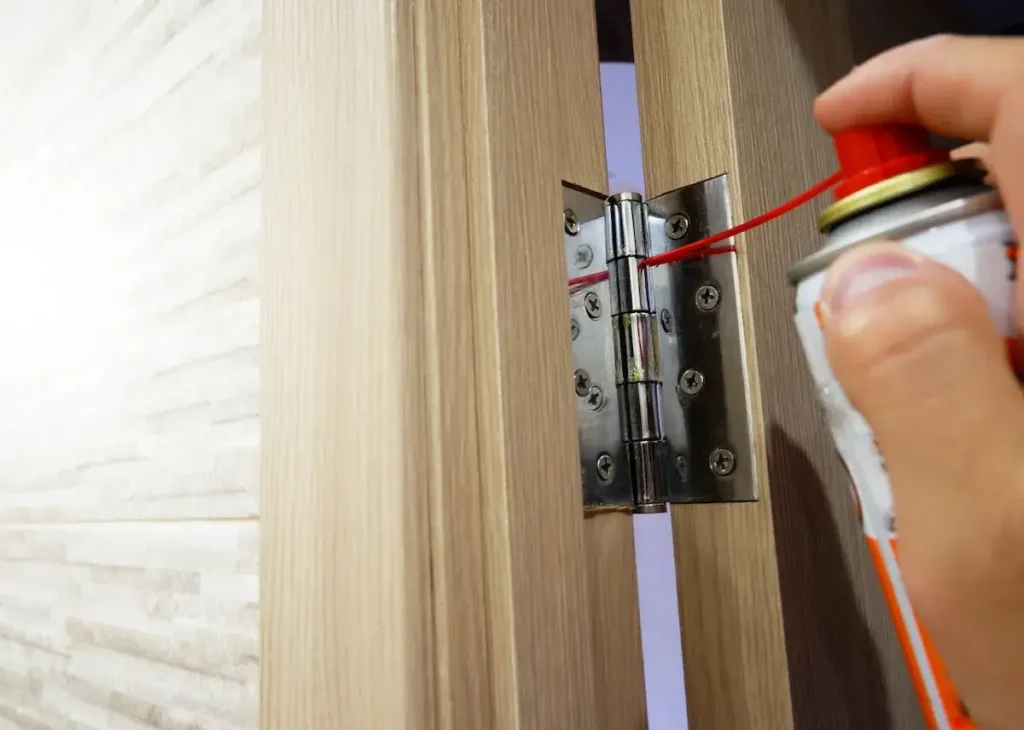
Step 3: Clean Clean Clean
Inspect the metal for any build-up of dirt or grime, and clean it using a household cleaner designed to cut through grease. You can also scrub these part pins with a piece of steel wool. Use a small brush or cotton swab to clean inside the knuckles.
Step 4: Lubricate the Connection
While holding a rag under the hinge, squirt a few drops of multipurpose oil into its holes. Use the rag to catch any excess that drips through.
Step 5: Clean Grease and Reinstall Hinge Pins
Replace the hinge pin by putting it into the hole at the top of the product. Tap the ones pin with a hammer until it’s all the way through the important knuckles. Open and close the door a few times to distribute the grease throughout it and pin, then wipe away any excess grease.
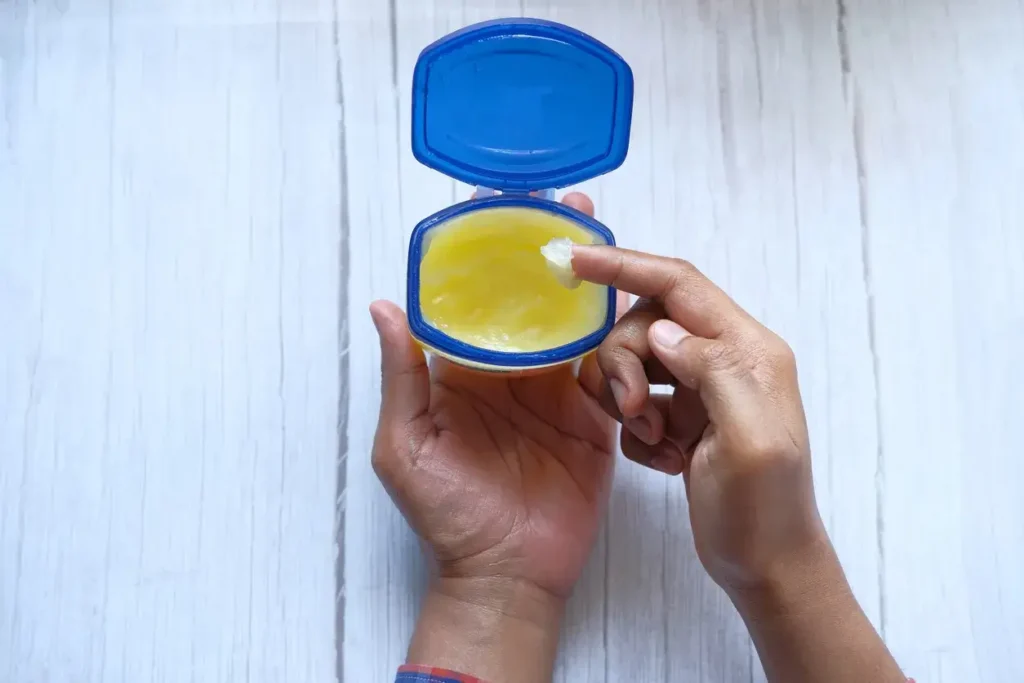
DIY Lubricants for Squeaky Problem
If you don’t have time to run to the store for silicone lubricant spray or all-purpose oil, you can use one of the following options in a pinch. Keep in mind, though, that these aren’t permanent solutions to your squeaking door issue—you’ll eventually have to get a good lubricant.
- Hairspray: Hairspray has a polymer in it that adheres to the hinge, creating a layer that prevents metal pieces from rubbing against each other and causing the squeak.
- Cooking Oil: If you don’t have multipurpose oil, use a few drops of olive oil or any other type of cooking oil to lubricate the essential pin and stop the noise.
- Petroleum Jelly: Petroleum jelly’s oily consistency makes a good lubricant. Remove the hinge pin, apply a thin coating of petroleum jelly on it. Replace it and wipe away any excess.
- Bar Soap: Bar soaps contain fat and oils that make them a great lubricant. Rub the bar soap over their knuckles, then open and close the door repeatedly to work it in.
- Mayonnaise: If you’re truly desperate and don’t have any of the above, you can coat the pin with a thin layer of mayonnaise, which is basically fat. Reinstall the pin, then wipe away any excess.
FAQs
Q. What’s the best lubricant for squeaky doors?j
Silicone spray and multipurpose oil are your best options for lubricating a squeaky door. While multipurpose oil is messier and requires you to remove the pin to apply it, it will last longer than silicone spray.
Q. Are there any other ways to fix squeaky doors?
If the above methods fail, it’s likely that the hinges are misaligned. To find out which hinge is the culprit, remove the pin from each one at a time. Test the door while the pin is removed. If the squeak stops, then you’ve found the problem hinge. Once you’ve located the source of the squeak, you can either replace it or attempt to bend it back into shape by tapping the bent essential knuckle with a hammer.
Q. When should you call a professional?
If all the above solutions fail, you may need to replace the door connections, or even your entire door and door frame, to solve the problem. While these are jobs you can take on yourself, they are more time-consuming and require more skill. If the door or door frame is the problem, it may make sense to call in a professional to make the repair.

